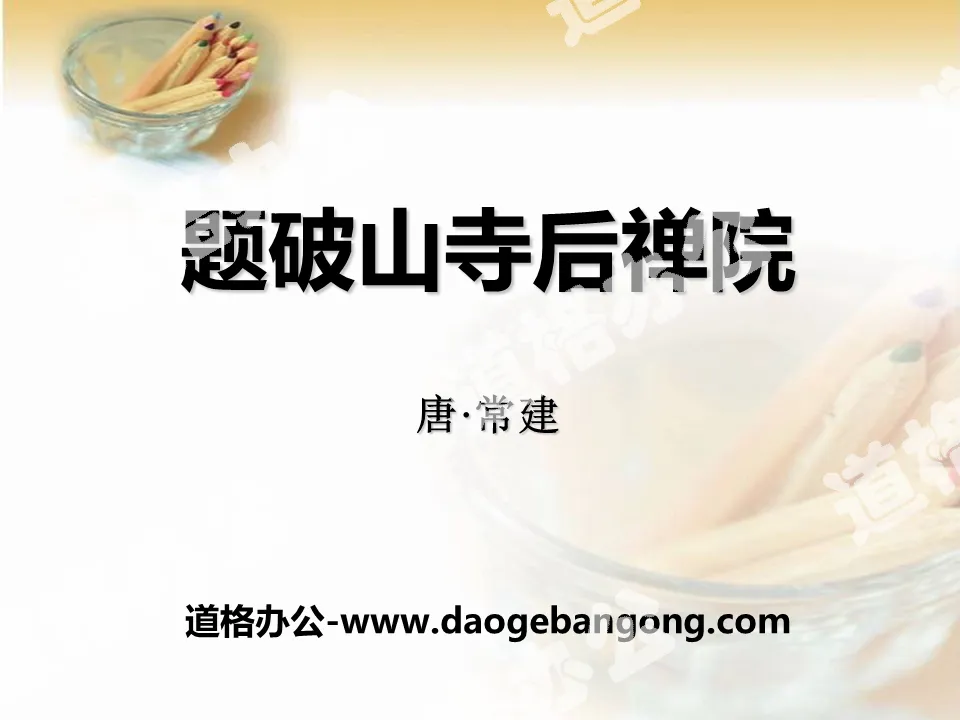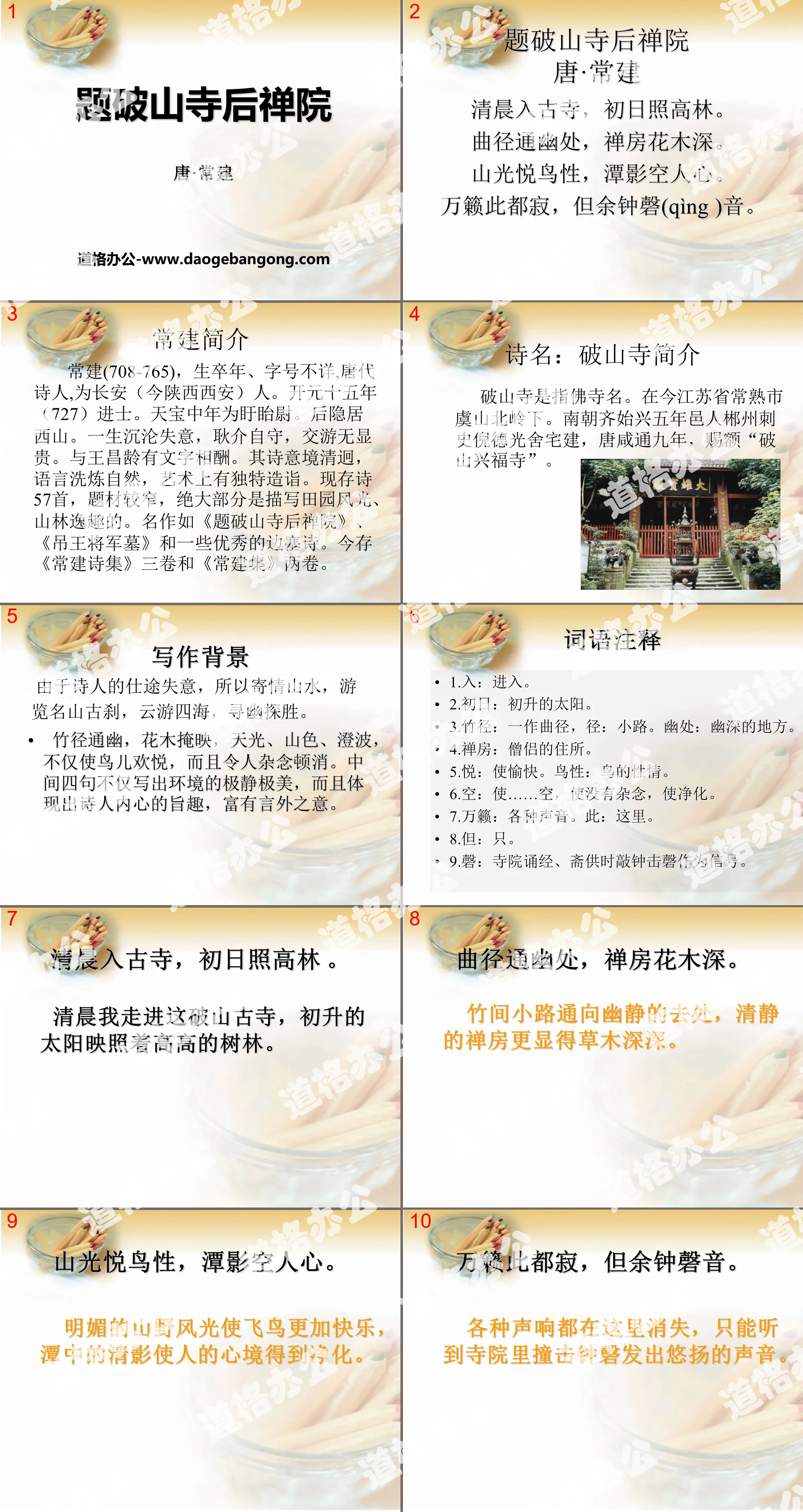The second volume of first-grade Chinese compiled by the People's Education Publishing House
The second volume of fifth-grade Chinese compiled by the People's Education Publishing House
The first volume of Chinese language for eighth grade compiled by the People's Education Publishing House
The first volume of first-grade Chinese compiled by the People's Education Publishing House
The first volume of fourth-grade Chinese compiled by the People's Education Publishing House
The first volume of ninth-grade Chinese compiled by the People's Education Publishing House
The first volume of Chinese language for sixth grade compiled by the People's Education Publishing House
The first volume of second-grade Chinese compiled by the People's Education Publishing House
The second volume of Chinese language for eighth grade compiled by the People's Education Publishing House
The second volume of fourth-grade Chinese compiled by the People's Education Publishing House
Hunan Education Edition Third Grade Chinese Language Volume 1
The second volume of seventh-grade Chinese compiled by the People's Education Publishing House
The first volume of Chinese language for fifth grade compiled by the People's Education Publishing House
The second volume of Chinese language for sixth grade compiled by the People's Education Publishing House
Western Normal University Edition Third Grade Chinese Language Volume 1
The first volume of third-grade Chinese compiled by the People's Education Publishing House

| Category | Format | Size |
|---|---|---|
| Chinese version seventh grade Chinese language volume 1 | pptx | 6 MB |
Description
"Ti Po Shan Temple Hou Zen Yuan" PPT courseware
Introduction to Chang Jian
Chang Jian (708-765), whose birth and death dates are unknown, was a poet of the Tang Dynasty and a native of Chang'an (now Xi'an, Shaanxi Province). In the fifteenth year of Kaiyuan (727), he became a Jinshi. Tianbao was appointed Xuyiwei in his middle age. Later he lived in seclusion in Xishan. He spent his whole life in despair, being aloof and self-sufficient, and having no friends or dignitaries. There is a literary exchange with Wang Changling. His poetic conception is clear and distinct, his language is refined and natural, and he has unique artistic attainments. There are 57 existing poems with narrow themes, most of which describe pastoral scenery, mountains and forests. Famous works such as "Ti Po Shan Temple Hou Zen Yuan", "Tomb of General Diao Wang" and some excellent frontier fortress poems. There are three volumes of "Chang Jian's Collection of Poems" and two volumes of "Chang Jian's Collection".
writing background
Because the poet was frustrated in his official career, he fell in love with the mountains and rivers, visited famous mountains and ancient temples, and traveled around the world in search of secluded places.
The bamboo paths lead to secluded areas, shaded by flowers and trees, and the skylight, mountain scenery, and clear waves not only make the birds happy, but also make people disappear from their distracting thoughts. The four middle sentences not only describe the tranquility and beauty of the environment, but also reflect the poet's inner purpose and are rich in implicit meaning.
word annotation
1. Enter: enter.
2. First day: the rising sun.
3. Bamboo path: a winding path, path: small road. secluded place: a deep place.
4. Zen room: the residence of monks.
5. Yue: to make you happy. Birdness: The temperament of a bird.
6. Empty: Make...empty, free from distracting thoughts, and purified.
7. Wan Lai: various sounds. This: here.
8. But: only.
9. Chime: Ringing the bell and chime as a signal when chanting sutras and making fast offerings in temples.
First couplet: Entering the ancient temple early in the morning, the first sun shines on the high forest.
"Entering the ancient temple early in the morning, the first sun shines on the high forest." The first sentence "early morning" and "ancient temple" indicate the time and place of the trip. The poet "entered the ancient temple" early in the morning, which shows his yearning for this Buddhist holy land. The "ancient temple" and "high forest" highlight the elegance and tranquility of Poshan Temple.
Chin couplet: The winding path leads to a secluded place, and the Zen room is deep with flowers and trees.
In this couplet, the poet grasped the unique scenery in the temple, used tranquility to contrast the tranquility, vividly depicted the deep and quiet scenery of the mountain temple, and expressed the poet's cheerful and ethereal mood.
Idiom: "A winding path leads to a quiet place".
Contains philosophy: To achieve the ultimate state of meditation and enlightenment,
You have to go through a winding road first.
Are there any contradictions between "Everything is silent here" and "But there are still bells and chime sounds", and why?
Not contradictory. This is a way of writing that uses stillness to describe movement, and uses movement to contrast stillness. If the surroundings are noisy, people will not care about the lingering sound of the bell. Only the sound of the bells and chimes was left, and there was no other sound. This is consistent with the poet's yearning for the tranquility of Buddhism.
Ask a question
1. When do the first two sentences indicate the time to enter the temple? What scenery did you see?
2. Where does the poet’s whereabouts go in the third and fourth lines of the poem?
3. Can you find an idiom from these two poems?
4. In the five or six lines of the poem, what feelings did the author have after seeing the beautiful environment?
5. What kind of atmosphere does the last two sentences of the poem create, and what does the author feel?
6. What truth does the poet understand through describing the scenery in the whole poem?
central idea
This poem is about the quiet environment of the Zen courtyard behind the Buddhist temple, and expresses the author's reclusive mind of forgetting the world and focusing on the mountains and rivers. Seizing the unique scenery in the mountain temple, we used the expression technique of showing stillness with stillness and contrasting stillness with movement, creating a realm of deep silence, tranquility and peace, natural and lofty realm.
Keywords: Teaching courseware of the Zen Temple behind the Poshan Temple, Chinese version of the seventh grade Chinese courseware for the first volume, download of the Chinese slide courseware for the seventh grade, PPT courseware download of the Zen Temple behind the Poshan Temple, .ppt format
For more information about the PPT courseware "Ti Po Shan Temple Hou Zen Yuan", please click the Ti Po Shan Temple Hou Zen Yuan ppt tag.
"Inscribed on the Zen Temple behind Poshan Temple" PPT:
"Inscribed on Poshan Temple Houchanyuan" PPT Part One Content: About the Author Chang Jian, whose life is unknown, is a poet of the Tang Dynasty, probably from Chang'an (today's Xi'an, Shaanxi Province). His poems take pastoral and landscape as the main themes, and their style is close to that of Wang and Mencius. He is good at using concise and concise pen...
File Info
Update Time: 2024-09-08
This template belongs to Chinese courseware Chinese version seventh grade Chinese language volume 1 industry PPT template
"Ti Po Shan Temple Hou Zen Yuan" PPT courseware Simple campus recruitment activity planning plan summary enterprise and institution recruitment publicity lecture PPT template is a general PPT template for business post competition provided by the manuscript PPT, simple campus recruitment activity planning plan summary enterprise and institution recruitment promotion Lecture PPT template, you can edit and modify the text and pictures in the source file by downloading the source file. If you want more exquisite business PPT templates, you can come to grid resource. Doug resource PPT, massive PPT template slide material download, we only make high-quality PPT templates!
Tips: If you open the template and feel that it is not suitable for all your needs, you can search for related content "Ti Po Shan Temple Hou Zen Yuan" PPT courseware is enough.
How to use the Windows system template
Directly decompress the file and use it with office or wps
How to use the Mac system template
Directly decompress the file and use it Office or wps can be used
Related reading
For more detailed PPT-related tutorials and font tutorials, you can view: Click to see
How to create a high-quality technological sense PPT? 4 ways to share the bottom of the box
Notice
Do not download in WeChat, Zhihu, QQ, built-in browsers, please use mobile browsers to download! If you are a mobile phone user, please download it on your computer!
1. The manuscript PPT is only for study and reference, please delete it 24 hours after downloading.
2. If the resource involves your legitimate rights and interests, delete it immediately.
3. Contact information: service@daogebangong.com
"Ti Po Shan Temple Hou Zen Yuan" PPT courseware, due to usage restrictions, it is only for personal study and reference use. For commercial use, please go to the relevant official website for authorization.
(Personal non-commercial use refers to the use of this font to complete the display of personal works, including but not limited to the design of personal papers, resumes, etc.)
Preview










